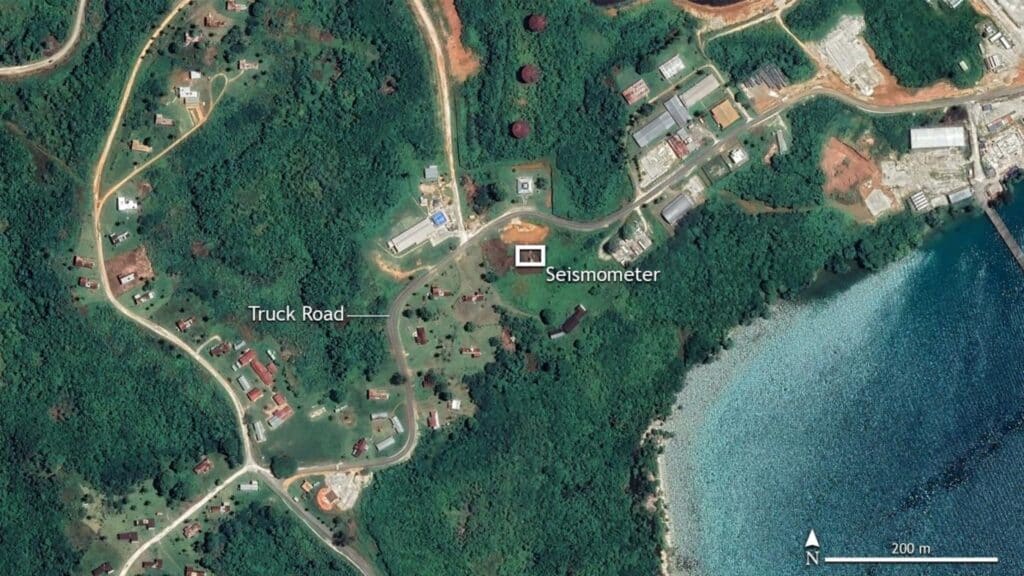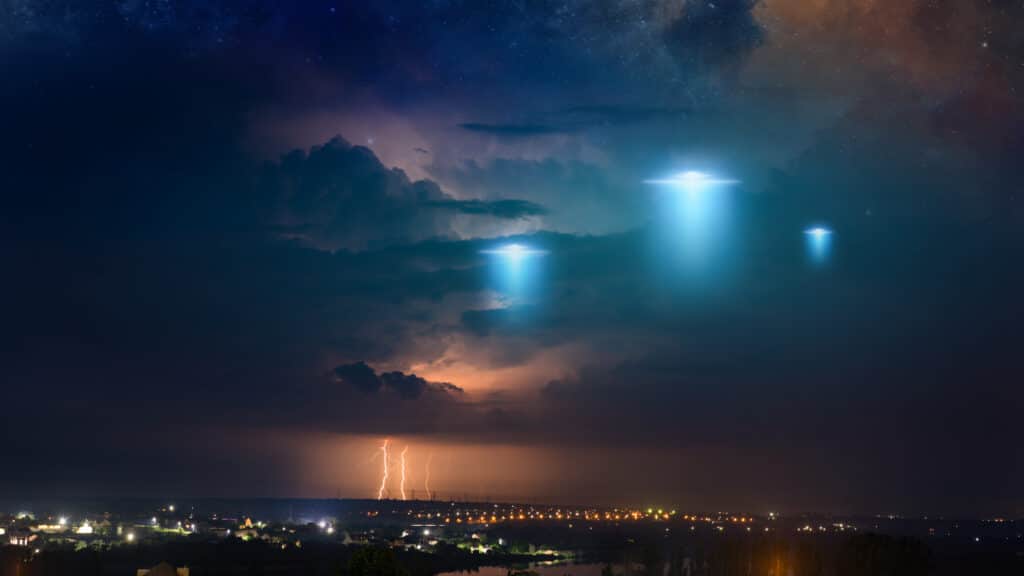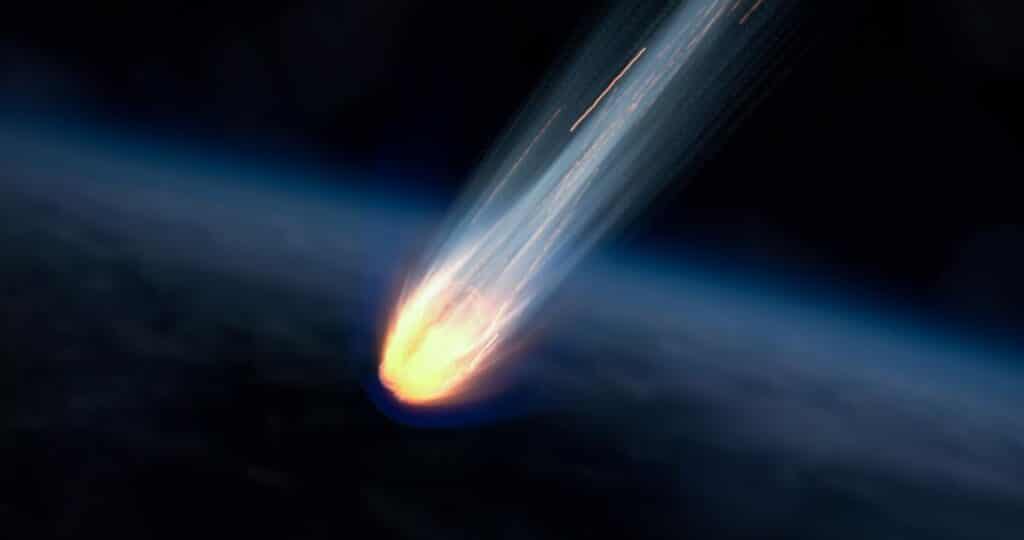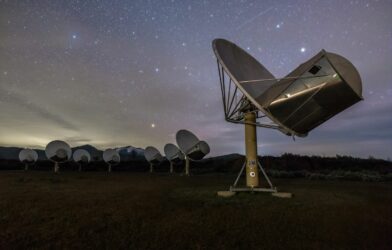Fox Mulder from “The X-Files” will surely be disappointed by these findings. Johns Hopkins University researchers have revealed that vibrations initially attributed to a 2014 meteor fireball near Papua New Guinea were probably caused by a mundane source: a truck driving on a nearby road.
This revelation casts significant doubt on previous claims that materials retrieved from the ocean floor last year were alien remnants from the meteor.
“The signal changed directions over time, exactly matching a road that runs past the seismometer,” says lead researcher Benjamin Fernando, a planetary seismologist at Johns Hopkins, in a media release. “It’s really difficult to take a signal and confirm it is not from something. But what we can do is show that there are lots of signals like this, and show they have all the characteristics we’d expect from a truck and none of the characteristics we’d expect from a meteor.”

The investigation began after a meteor entered Earth’s atmosphere over the Western Pacific in January 2014. Seismic vibrations recorded on Papua New Guinea’s Manus Island were believed to be linked to this celestial event. In a subsequent oceanographic expedition in 2023, materials found on the ocean bed near the supposed impact site were claimed to be of “extraterrestrial technological” origin, suggesting they were alien artifacts. However, Fernando’s team challenges this interpretation, asserting that the materials are unrelated to the meteor and are likely ordinary meteorites or terrestrial contaminants.
“The fireball location was actually very far away from where the oceanographic expedition went to retrieve these meteor fragments,” explains Fernando. “Not only did they use the wrong signal, they were looking in the wrong place.”
The research suggests that the original seismic data was misinterpreted, leading to an erroneous conclusion about the meteor’s impact site. Fernando and his colleagues used data from Australian and Palauan stations, originally set up to monitor nuclear tests, to trace the meteor’s true entry point into the atmosphere, which was over 100 miles away from the searched location.
“Whatever was found on the sea floor is totally unrelated to this meteor, regardless of whether it was a natural space rock or a piece of alien spacecraft — even though we strongly suspect that it wasn’t aliens,” notes Fernando.

The research team comprises experts from Imperial College London, Arizona State University, Towson University, the Comprehensive Nuclear-Test-Ban Treaty Organization, Curtin University, and Columbia University. Their collaborative effort underscores the complexities of studying phenomena at the intersection of planetary science and seismology, demonstrating how easily Earth-bound activities can mimic cosmic events.
The team is set to present their findings on Tuesday, March 12 at the Lunar and Planetary Science Conference in Houston.











